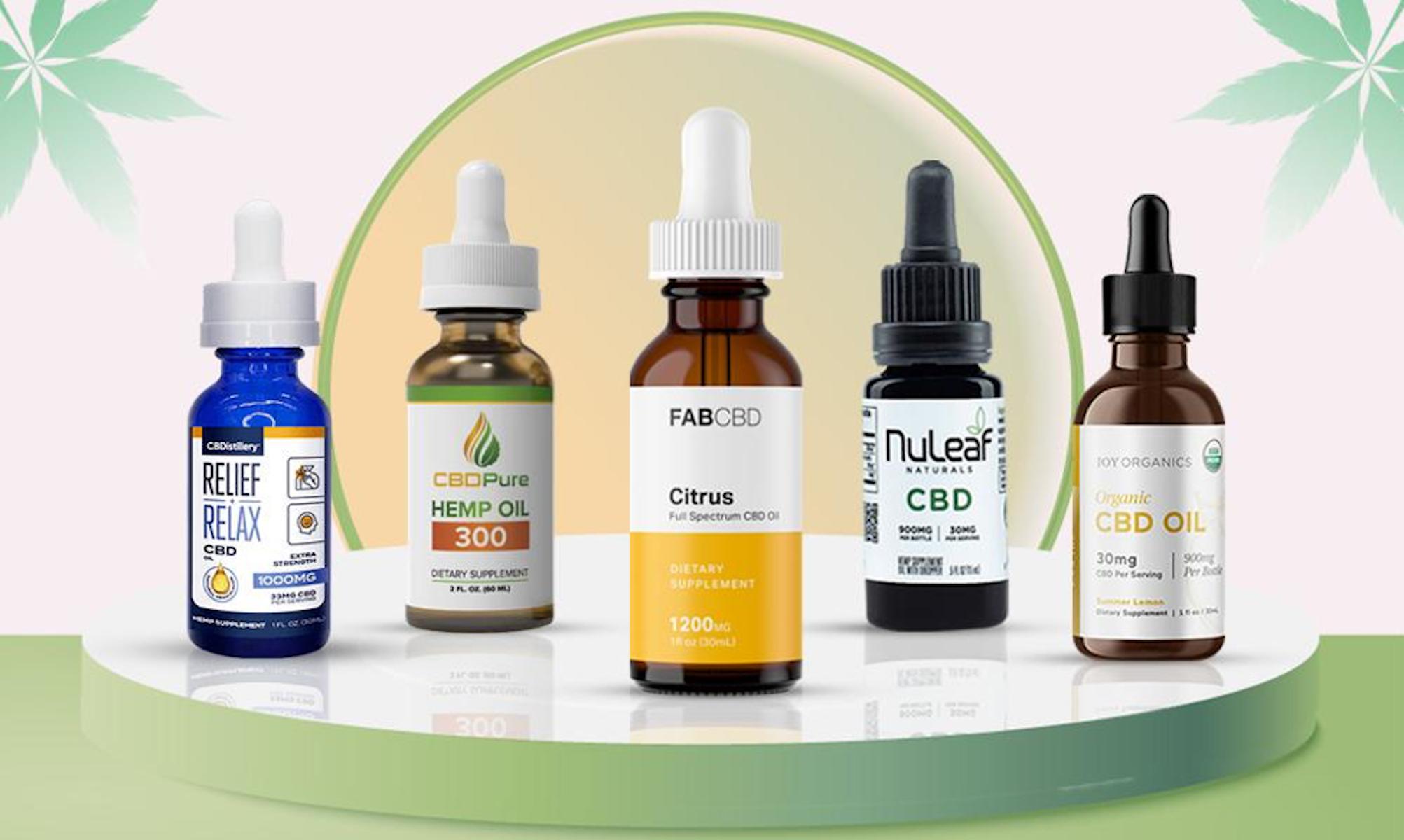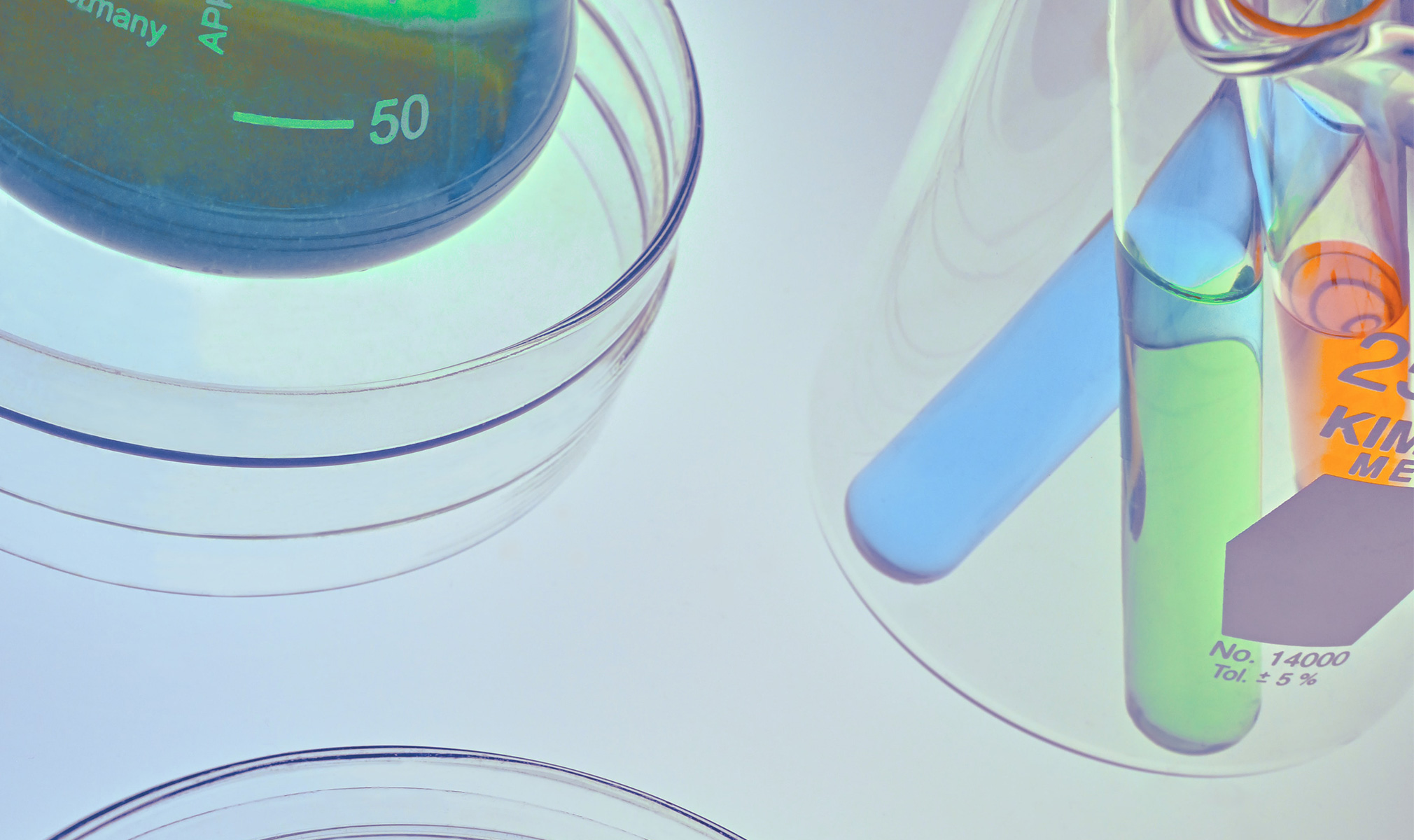
It is possible to be confused about whether you should buy CBD oil. Both are popular, but which one is best? Full-spectrum CBD includes all the cannabinoids found within cannabis, including THC. It also has a richer flavour and a longer-lasting impact. Here are some of the benefits and drawbacks of full-spectrum cannabis CBD.
Full-spectrum CBD includes all other cannabinoids
Full-spectrum CBD is not pure CBD. It contains all other cannabinoids as well as terpenes and other compounds. They increase the entourage effect. Full-spectrum CBD is less likely to cause any psychoactive effects. This is great news for consumers. They can now experience the entourage effect, without any psychoactive side effects.
A few studies have shown that CBD full-spectrum may be able to reduce pain. A study that looked at the effects full-spectrum CBD on chronic inflammation was done in 2019. Half of the participants quit using opioids to manage their pain after eight weeks. Researchers found full-spectrum CBD to be effective in pain relief and inflammation. While there is little evidence to support the effectiveness of full-spectrum CBD, it is recommended that consumers discuss CBD oil with their physician to determine its best course of action.

It contains THC
Full spectrum CBD products offer many benefits, but it is important that you remember that some may contain trace amounts THC. Although these levels are unlikely to cause you to get high, they can still be detected in a drug test. People who take prescription drugs should consult their doctor before using full range CBD. James Brennan, who co-founded Liveli, has over 20 years of experience in developing CBD products and brands.
Full spectrum CBD refers to products that contain traces of THC, cannabinoids, flavonoids, and essential oils. It must contain less than 0.3% delta-9 THC. Full spectrum CBD oils may contain trace amounts (less than 0.3% delta-9 THC) of terpenes. Terpenes can be responsible for the piney-like smell in certain woods. Full spectrum CBD oil may contain terpenes, which can increase the CBD's effectiveness.
It has stronger flavors
While there are some differences between full-spectrum CBD isolate products, both are effective in treating the same medical problems. Full-spectrum CBD isolate has stronger flavors and is more powerful, which makes it great for those suffering from insomnia. Its medically-approved benefits may be beneficial to some people, while others may find it to be too strong for their tastes. It can be difficult to choose between the two types, so consider which one will work best for you.
CBD tinctures come in many forms. The most common full-spectrum CBD oil is available in a 1000 mg tincture. But, you can also get tinctures that only contain 500 mg of CBD. Or, two to five hundred mg. CBD tinctures are available in peppermint and mango flavors. CBD can also be found in tinctures that contain menthol or chocolate.

It lasts much longer than CBD isolate
Full-spectrum CBD may be more effective than CBD isolate for pain relief. The answer is a bit more complex than this. CBD isolate is a form CBD that does not contain any other cannabinoids such as THC. The entourage effects are what make the difference. The entire plant's effect is greater than any individual compounds when it is taken together.
While both products contain the same CBD content, full-spectrum products are likely to last longer than CBD isolate. Although full-spectrum CBD may contain trace amounts of THC, they do not produce any psychoactive effects. It also contains less flavonoids, triterpenes and other naturally occurring compounds from the cannabis plant. CBD isolate is less effective at relieving pain than other conditions.
FAQ
Which countries have the best quality CBD?
The United States produces the vast majority of CBD products.
However, CBD products can also be made in Canada, Australia, New Zealand and Israel.
What are some common blunders that companies make when they venture into the US cannabinoid markets?
First, you need to be familiar with the regulations regarding cannabis products. This could cause you to have to modify the formulation of your product.
Unskilled labeling is the second. Know whether your product contains THC, CBD or both.
Finally, you must know how to package your product correctly. If you have a product that contains THC, make sure it is properly packaged.
You can still use all the packaging laws even if your product contains no THC. Many states have legalized cannabidiol (CBD).
You should also keep track of recalls that may have occurred with your products. If there is a problem with your product, it is important that you inform customers as quickly as possible.
How can CBD products be promoted in a legal manner by CBD companies?
The FDA doesn't regulate hemp as an agricultural commodity. The Controlled Substances Act regulates all cannabis derivatives, including marijuana. CBD has not been subject to any specific regulations.
CBD is legal in 29 states. However, federal law still considers CBD illegal. This uncertainty creates uncertainty for CBD product sellers.
The FDA has specific guidelines on how CBD products must be marketed. For example, they must clearly disclose any product's THC content. Without scientific evidence, companies cannot claim CBD treats certain medical conditions.
In addition, the FDA requires manufacturers to submit detailed information regarding manufacturing practices and quality control measures. To prove safety and effectiveness, they require that companies conduct clinical trials.
These are important considerations for companies when creating their marketing strategies.
Statistics
- While the primary injury may not be treatable, interventions that attenuate secondary sequelae are likely to be of benefit [203].Only one study (ncbi.nlm.nih.gov)
- HR −16 mmHg; 95% CI −26, −6; I2 = 92%) (ncbi.nlm.nih.gov)
- A recent study [161] also found that in vitro CBD treatment (i.e., ≤ 2 h exposure to 10 μM) induced ~40% vasorelaxation in isolated (pre-constricted) (ncbi.nlm.nih.gov)
- OralWhere HED is the human equivalent dose, and Km is a correction factor estimated by dividing the average body mass (BM) of the species (60, 0.020, and 0.150 kg for 11 humans, mice, and rats, respectively) and by its surface area (see: Nair et al. (ncbi.nlm.nih.gov)
- The use of these products is likely to become even more widespread if the World Health Organization's recommendation that CBD no longer is scheduled in the international drug control conventions is adopted by the United Nations member states [201]. (ncbi.nlm.nih.gov)
External Links
How To
How to Get Certified for Selling CBD Products
CBD (cannabidiol), a cannabinoid found in cannabis plants, is just one of the many. It's been used medicinally throughout history, including traditionally in China, India, and many South American countries. In recent years, however, its popularity has skyrocketed due to its ability to treat conditions like anxiety, pain, epilepsy, and inflammation. If you're looking to sell CBD products, however, there isn't an official certification program. At least not in the U.S.
There are two methods to do this. First, join a local canna-business owner association. This will allow you to share your knowledge with others, as well as receive advice and support. There are many associations in the country. Second, you can go online. The majority of states allow cannabusinesses to be online. If so, then you can set up your own website and begin taking orders right away. However, you must still register with your state's Department of Public Health. Once you've registered, you'll be able to apply for a license through your state's department of public health. Once you have received your license you are officially authorized to open your store, accept orders, and close it.